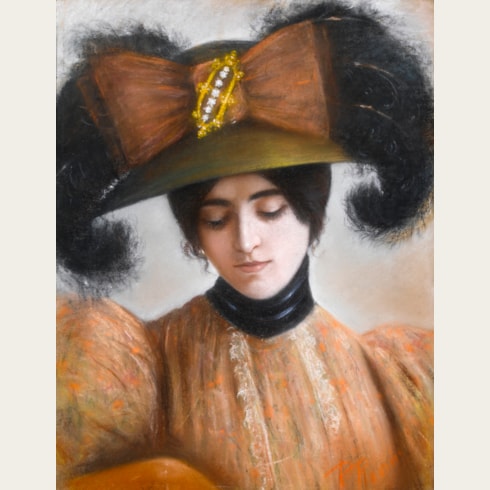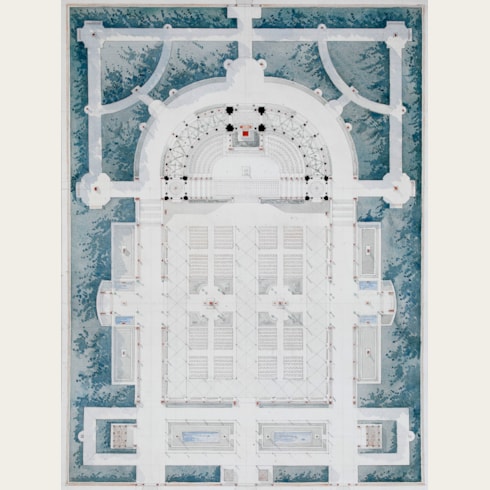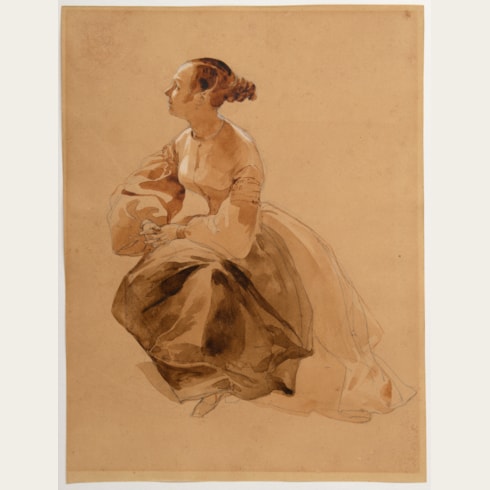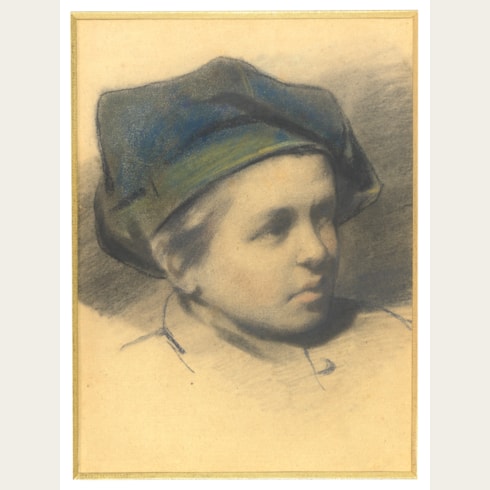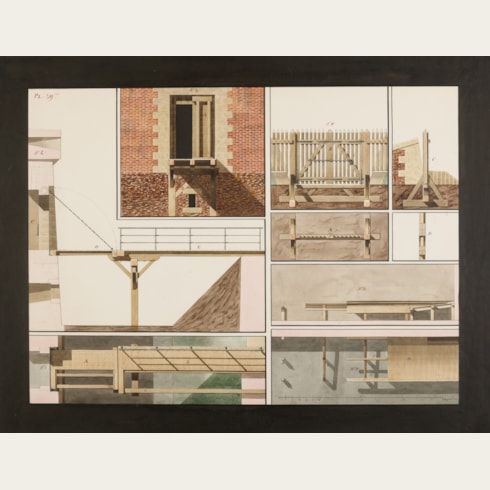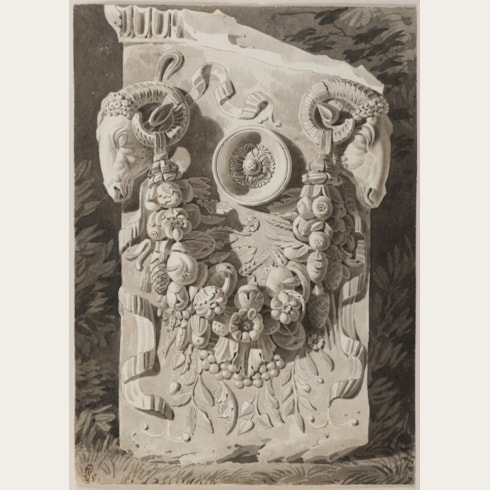19th Century FRENCH SCHOOL
Study of a Soldier in Albanian or Greek Costume
244 x 121 mm. (9 5/8 x 4 3/4 in.)
Albanian soldiers were to be found throughout the Near East and were particularly noted for their elaborate dress. The poet Lord Byron, who employed a number of Arnavuts as his personal guards, praised their costume as ‘the most magnificent in the world, consisting of long, white kilt, gold-worked cloak, crimson velvet gold laced jacket and waistcoat, silver mounted pistols and daggers’. A contemporary of Byron’s further remarked that ‘The Albanians or Arnauts...are extremely fond of gold and silver ornaments in their dress...The wealthier Arnauts have the outer vest of velvet and gold, richly interwoven with elegant ornaments...The breeches which are white are tied below the knees with a coloured garter...’
Provenance
Stephen Ongpin Fine Art, London, in 2011
Private collection, England.






